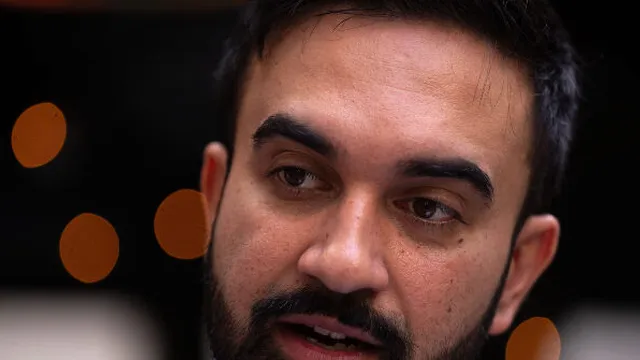
Mamdani proposes millionaire tax to fund services in New York City
2025-06-28 00:00- Zohran Mamdani is a 33-year-old politician who announced his candidacy for New York City mayor in 2024.
- He proposes a millionaire tax and increased corporate tax to fund public services.
- Critics warn that his tax plans may drive wealthy individuals out of New York City.
Express your sentiment!
Insights
In 2024, Zohran Mamdani announced his candidacy for mayor of New York City for the 2025 election, having previously gained recognition as a politician and former hip-hop artist. Mamdani pledged to make the city more affordable through initiatives like a rent freeze and providing free childcare and public transportation, funded partly by increased taxes on the wealthy. His tax proposals include raising the corporate tax rate and introducing a 2% tax on the wealthiest New Yorkers earning over $1 million annually, with estimates that these measures could generate substantial revenue for public projects. However, analysts raised concerns that the projected tax revenues might be overly optimistic and warned that higher taxes could drive wealthy individuals and corporations out of the city. This situation has attracted critique, including from New York Governor Kathy Hochul, who expressed that increasing taxes during a time of economic strain could lead to a migration of affluent taxpayers and negatively impact the city's economy. The discourse surrounding Mamdani's tax plans reflects broader tensions in New York's socio-economic landscape, where balancing public service funding with taxpayer retention remains a pressing challenge.
Contexts
New York City has long been a beacon of economic activity, drawing individuals and businesses with its vibrant culture, diverse industries, and unmatched opportunities. However, recent trends indicate a shift in this paradigm as tax migration becomes a significant concern. Many residents and businesses are leaving the city, citing high taxes, living costs, and a desire for a different lifestyle. This migration away from New York has prompted discussions on the sustainability of the city's economy and what it means for its future growth and stability. A key factor in this tax migration phenomenon is the escalating cost of living in New York City, amplified by the highest income tax rates in the country. Many families and businesses are increasingly finding financial burdens difficult to bear, leading them to seek alternatives in cities and states with lower tax obligations and more affordable living conditions. The trend is particularly noticeable among high-income earners who can leverage remote work, allowing them to relocate to more tax-friendly and cost-effective areas without sacrificing their employment. Another contributing component to the migration is the shift in lifestyle preferences, particularly emphasized during and after the COVID-19 pandemic. Individuals are seeking larger living spaces, suburban environments, and a slower pace of life. The rise of remote work has sparked this desire, enabling people to move away from densely populated urban centers. Consequently, cities like Austin, Nashville, and Miami have seen a significant influx of former New Yorkers, further putting pressure on New York City’s economy as it risks losing not just its residents but also the businesses that support them. To address the challenges posed by tax migration, New York City must reassess its economic policies to foster an environment conducive to retaining its residents and attracting new businesses. This could involve a comprehensive review of tax structures, adjustments to service delivery, and incentives for businesses that contribute to local job creation. Without proactive measures, the city faces the risk of a diminished economic base, which could lead to reduced revenues and compromised essential services. The balance between maintaining revenue streams and providing value to residents is critical in ensuring New York City remains a thriving metropolis.